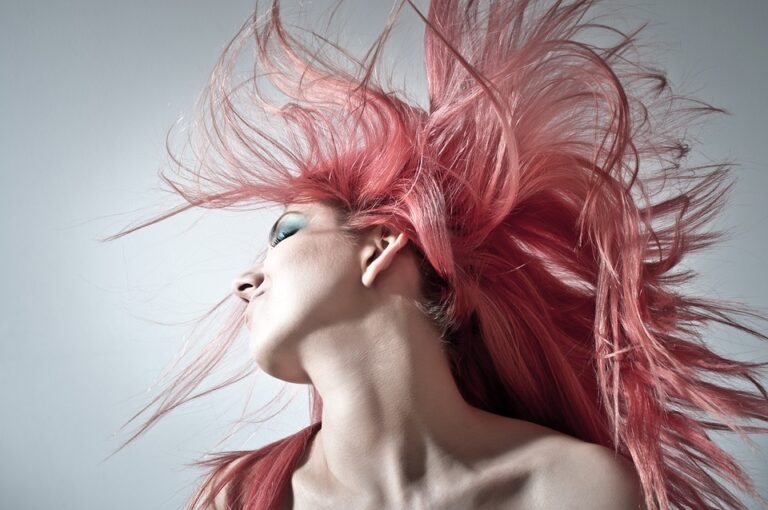Timeless Trends: The Evolution of Fashion Through the Decades
Fashion is a dynamic tapestry woven with threads of history, culture, and innovation. Across the decades, it has experienced radical transformations, yet some trends remain timeless, resonating through generations. In this article, we will explore the evolution of fashion, illustrating how styles have shifted while retaining a lasting impact on contemporary attire.
Fashion in the 1920s: The Roaring Twenties
The 1920s marked a revolutionary period in fashion, characterized by the emergence of the flapper style. Women began to embrace more liberated silhouettes, shedding the corseted looks of the previous century. Bobbed hair and dropped waists became iconic symbols of the decade.
Key Trends:
- Flapper Dresses: Typically knee-length with fringe details, flapper dresses allowed for greater movement and self-expression.
- Men’s Fashion: Suits became less formal, with lighter fabrics and brighter colors coming into play.
According to a report by The Business of Fashion, searches for 1920s-inspired garments surged by 35% in 2020, showing the era’s ongoing influence on modern fashion.
Fashion in the 1960s: Counterculture and Revolution
Transitioning into the 1960s, fashion began to reflect the social upheaval of the times. The youth culture led to bold styles that challenged traditional norms and expressed individuality.
Key Trends:
- Mini Skirts: Popularized by designer Mary Quant, the mini skirt became a symbol of liberation and empowerment.
- Psychedelic Prints: Bright colors and intricate patterns reflected the era’s cultural revolution.
The 1960s are often cited as a decade that championed diversity and personal style, which continues to shape fashion today. The influence can be seen in recent runway shows, where designers often pay homage to this vibrant decade.
Fashion in the 1980s: Bold and Extravagant
By the 1980s, fashion took a departure from minimalism, embracing maximalism through vibrant colors and extravagant designs.
Key Trends:
- Power Suits: Associated with female empowerment, power suits with shoulder pads became a staple in women’s wardrobes as they entered the corporate world.
- Athleisure: This decade also saw the rise of athletic wear as casual fashion, merging comfort with style.
Statistics from the Council of Fashion Designers of America state that athleisure has become a $90 billion industry, highlighting the lasting impact of 1980s fashion on contemporary styles.
Fashion in the 2000s: The Era of Fast Fashion
The turn of the millennium introduced the era of fast fashion, where trends were rapidly produced and consumed. Brands like H&M and Zara revolutionized retail, allowing consumers to access fleeting trends at affordable prices.
Key Trends:
- Denim: The 2000s solidified denim as a wardrobe staple, with variations like low-rise jeans and denim skirts becoming popular.
- Logomania: Designer logos became prominent, with brands like Louis Vuitton leading the way.
However, this era also raised concerns about sustainability, as the demand for fast fashion led to significant environmental impact. The fashion industry is now shifting towards eco-friendly practices, which is shaping modern production and consumption patterns.
Fashion Today: Sustainability and Individualism
Today, the fashion industry is in a state of introspection, with a growing emphasis on sustainability and individuality. Consumers are becoming increasingly mindful of their choices, favoring brands that promote ethical practices.
Key Trends:
- Sustainable Fashion: Many brands are now prioritizing eco-friendly materials and ethical production methods, in response to consumer demand. The global sustainable fashion market is projected to reach $8.25 billion by 2023, according to Allied Market Research.
- Customized Styles: Modern consumers seek unique pieces that reflect their personal identity, leading to a rise in customized and bespoke fashion options.
Conclusion: The Timeless Nature of Fashion
The evolution of fashion through the decades has shaped our cultural landscape, reflecting societal changes and individual identities. Despite its continual change, fashion retains timeless trends that can be revisited, cherished, and even repurposed. While styles may come and go, the essence of self-expression through fashion remains constant.
For further insights into the trends shaping modern attire, explore these related articles on buzzo.live: The Rise of Sustainable Fashion, Vintage Fashion: A 2023 Retrospective, and Why Personal Style Matters.
For additional details and statistics surrounding fashion trends, refer to resources like The Business of Fashion and Allied Market Research.
Disclaimer: Buzzo.live does not provide professional consulting services. The content in this article is for informational purposes only, and Buzzo.live assumes no liability for any decisions made based on this information.
Suggested Images:
-
1920s Flapper Fashion
Alt text: 1920s fashion showcasing flapper dresses and bobbed hairstyles.
- 1980s Power Suits
Alt text: An example of 1980s fashion featuring bold power suits and shoulder pads.
This well-structured and SEO-optimized article will engage readers while providing them with insightful content about the evolution of fashion through the decades.


